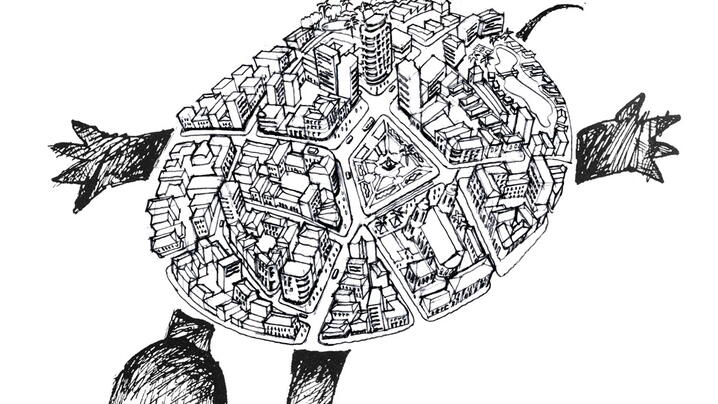
Infrastructure: the basic equipment and structures (such as roads and bridges) that are needed for a country, region, or organization to function properly.
If the traditional definition of infrastructure doesn’t generate excitement for you, don’t worry you are not alone. Sure, there are bridges that elicit awe and countless engineering accomplishments that deserve praise – indeed modern society is perpetually linked to the advancement and proliferation of infrastructure. Today, however, new variables and constraints deserve consideration to fundamentally redefine how and what we build: Chiefly, a prioritization of multipurpose, efficient, and synergistic structures that allow us to function properly in the 21st century.
This was the premise of a recent webinar that featured two distinguished and visionary experts on infrastructure: Jaime Lerner and Hillary Brown. In particular, their focus on cities is timely as 54% of the global population now lives in an urban area – a proportion that continues to increase. A major city with a metropolitan area of over 3 million people, Lerner helped mold Curitiba, Brazil into a model sustainable, livable community. His latest book, Urban Acupuncture: Celebrating Pinpricks of Change that Enrich City Life, offers his philosophy that thoughtful urban planning has transformational powers and creates “continuity of life.”
In 2013, the American Society of Civil Engineers’ report card was as blunt as mind-boggling when it gave an overall grade of “D+” for American infrastructure. A tremendous level of funding and development is necessary to remedy this deficiency. Hillary Brown, founding principal of New Civics Works, sees in this crisis an opportunity to change the infrastructure paradigm. In her book, Next Generation Infrastructure, she puts forth the importance of “infrastructure ecologies” grounded by these principles: multifaceted (interconnected and synergistic), community-friendly (serve local constituencies), soft path (utilize passive, natural processes), low carbon (reduce greenhouse gas emissions), and adapted (resilient to climate changes). Brown’s framework offers critical guidance for how to thoughtfully carry out the numerous, massive infrastructure projects that are overdue.
Sustainable and resilient structures, carefully placed by urban design, will be the touchstone of 21st century infrastructure. It can unite us daily (“continuity of life”) and help mitigate the harmful effects of long-term environmental changes. Infrastructure, therefore, deserves more attention, should include more stakeholders, and do more through integration than ever before.
Head over to Security and Stability Forum’s archives to see Jaime Lerner and Hillary Brown: Transforming Communities Through Urban Acupuncture
New, Reduced Membership Dues
A new, reduced dues rate is available for CAOs/ACAOs, along with additional discounts for those in smaller communities, has been implemented. Learn more and be sure to join or renew today!
